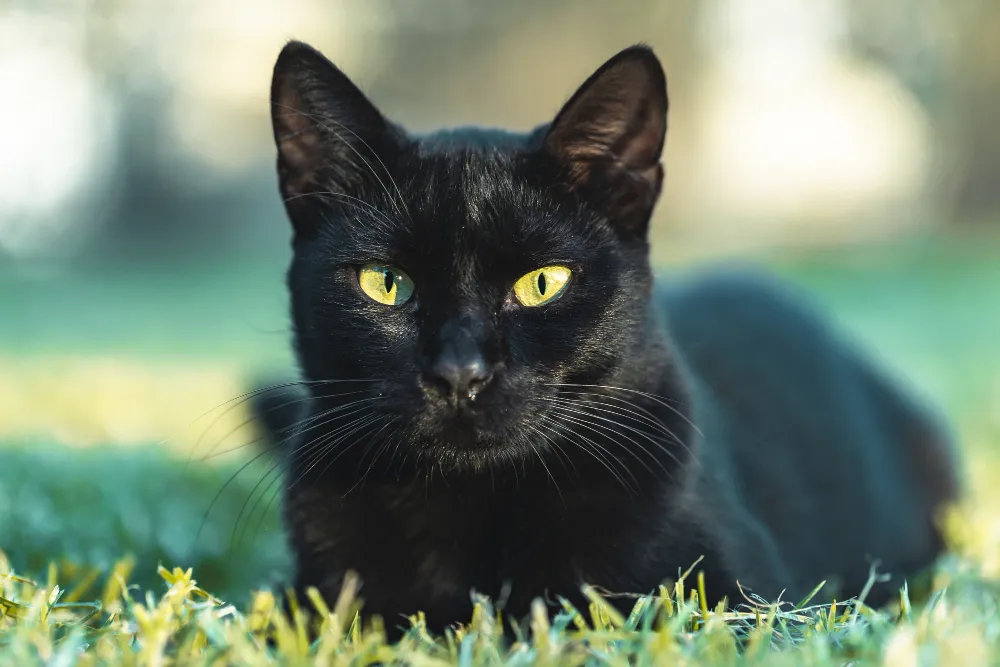
Table of Contents
Commonly used in many cultures, black is likely the most universal color on earth, used for numerous purposes and worn by almost everyone. Black is a color of contradictions, with a wide range of meanings associated with it. In this article, we’ll be taking a closer look at this mysterious color, digging a little deeper into its history and significance.
Is Black a Color?
First of all, the fundamental question when it comes to black is – is black a color at all? Black is the darkest color. Because black works by absorbing light and all the colors on its spectrum, reflecting nothing back. As a result, some argue that black isn’t a color but simply the absence of color.
However, a counterargument would be that black is the result of the combination of several colors. In this respect, it’s can be viewed as a color.
History of the Color Black
While we can’t possibly outline every instance of the use of black color throughout history, here’s a look at some highlights:
Prehistory
Black is among the earliest colors used in art, with prehistoric art depicting the use of black pigment dating back 18,000 years. Artists from the Paleolithic era used charcoal to create art on cave walls, typically featuring animals.
Later on, they were able to make more vibrant black pigments by grinding manganese oxide into powder or by burning bones and using the charred remains. Popular prehistoric cave paintings can still be seen in France, in the Lascaux Cave.
Ancient Greece
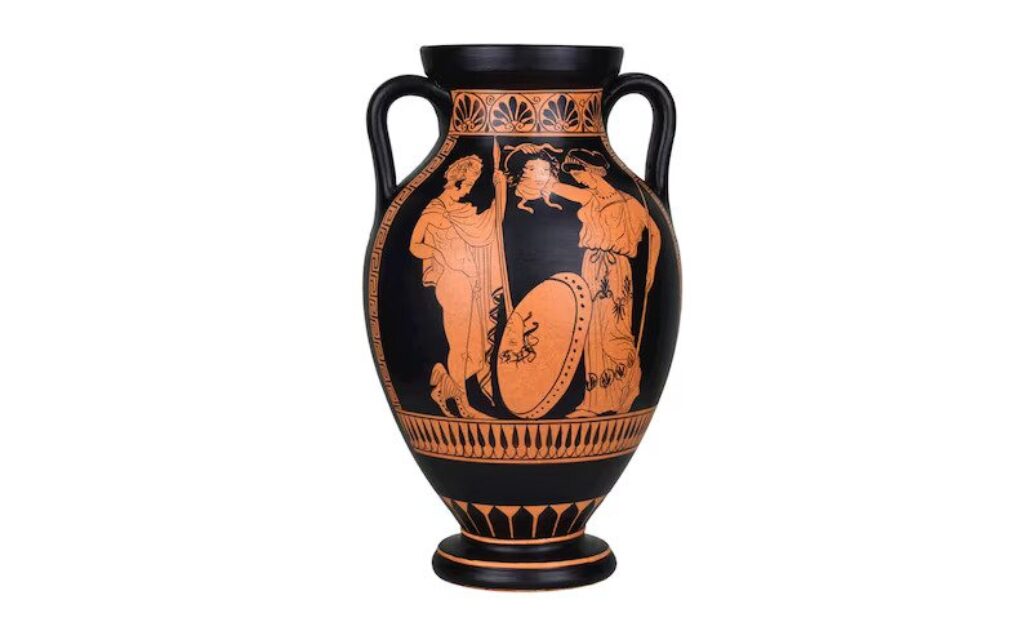
In the 6th century BC, the ancient Greek artists began to make black-figure pottery, a style of painting figures on the antique Greek vases using black pigment. They used an original technique, painting figures using a clay slip on a clay pot, which was then fired. The painted figures would then turn black and stand out against the red background of the clay pot. Even today, these artwork exist with vivid black depictions.
Middle Ages
Although black wasn’t worn by nobility and the wealthy classes in the early Middle Ages, its status began to change by the 14th century. High quality rich black dyes began to enter the market and from these deep black garments were made. Black began to be worn by government officials and magistrates as a sign of the seriousness and importance of their designations.
Around the 16th century, black became a popular color worn by royalty and the nobility. This enhanced its status as a noble, serious color. Interestingly, during this time, priests wore black garments as a sign of humility and penance. This is one example of black as a contradiction – it represents both luxury and humility at the same time.
17th Century
During the latter half of 17th century, there was a terrible fear of witchcraft which gripped America and Europe. Black began to be associated with evil and darkness. It was believed that the devil appeared in the form of a black animal at midnight. Superstitions surrounding black things began. To this day, there is the superstition that black cats are unlucky and should be avoided.
Modern Era
Today, black is the color of fashion, luxury and sophistication. It’s worn at funerals and by guests at weddings. It can signify avant-garde style and individuality, as evidenced by wearing a black wedding dress. Black is also popular in use in English vocabulary but is often used to indicate something negative. Black continues to be a color of contradictions, worn to signify luxury or humility, to mourn and to celebrate, to demonstrate wealth or as an indication of poverty.
What Does Black Symbolize?
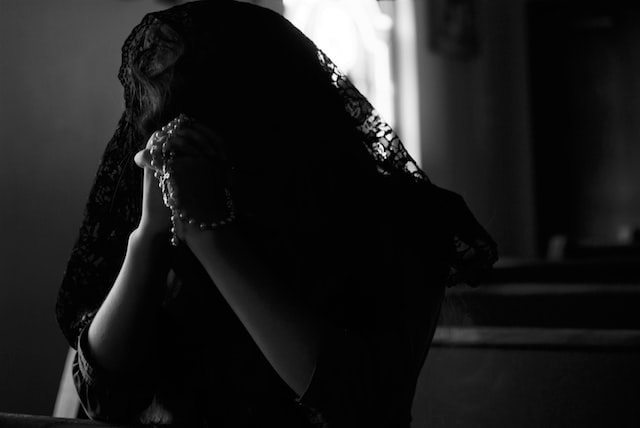
Because black only comes in one main shade, its meanings are absolute, with little space for variations. For example, red can have different symbolic meanings based on the shade of the color, which can range from pink to brown. Black, on the other hand, is always black.
- Black has negative connotations. The color black is associated with fear, mystery, power, death, aggression and evil.
- Black is mysterious. Black is considered a mysterious color, associated with the negative or the unknown.
- Black is luxurious. Black represents glamor, luxury and sophistication. A little black dress (also called an LBD) is a staple in the wardrobes of all fashionable women. The LBD was the creation of Coco Chanel and Jean Patou, who wanted to create a versatile and affordable design, accessible to as many people as possible. Because black is a neutral color, it suits all skin tones and looks stylish on anyone.
- Black is sexy. Black is often portrayed as a sexy color, as it has associations with mystery, confidence and power.
- Black is strong. It represents strength, power, authority and seriousness and is also an elegant, formal and prestigious color. Black is often associated with masculinity and dominance, evoking confidence and power.
- Black is sad. Black can also impact one’s emotions and too much of it can be overwhelming, causing feelings of gloom, sadness or emptiness.
- Black represents death. In the Western world, black is the color of death, sadness and mourning which is why it’s typically worn at funerals as a sign of respect for the deceased. The family of the deceased continue to wear black for a certain period of time after the death of a loved one, as it indicates mourning the loss of someone in your life. In India, a woman’s bindi is changed from red to black if she is widowed, indicating a loss of love and passion in this life.
Positive and Negative Aspects of Black
As we’ve already discussed, black is has contradictory meanings, and can be both negative and positive. The negative aspects of black are that it symbolizes death, evil, gloominess, sadness and mourning. It can cause a negative effect on one’s emotions. Too much black can easily make someone feel depressed since it projects a feeling of solemnity.
On the other hand, black does have its positives. Although too much of it can cause negative psychological effects, just the right amount of black can boost one’s confidence and gives a feeling of classiness and elegance. Black can also represent the sexy, mysterious and sophisticated.
What the Color Black Means in Different Cultures
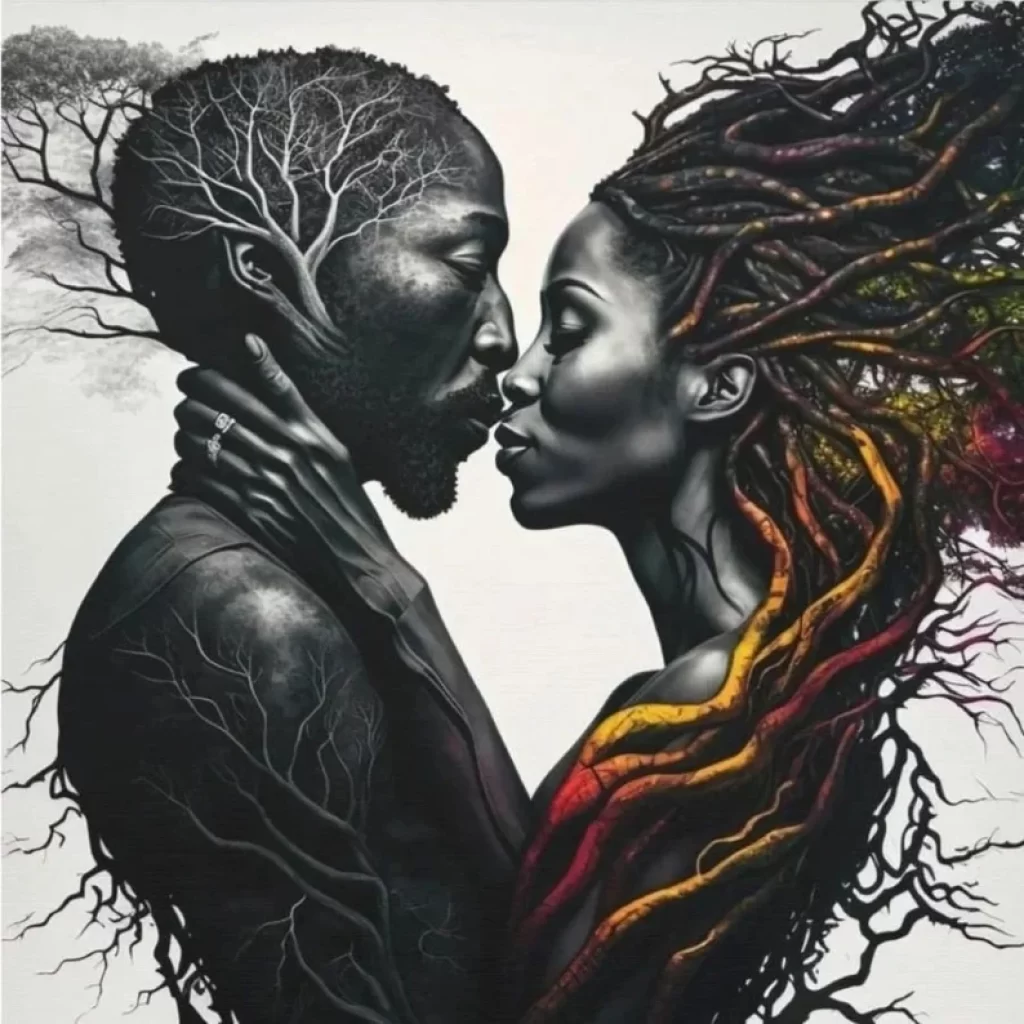
In most cultures black represents formality and sophistication but it’s also a sign of evil, bad luck, illness, mystery and magic. Here’s what the color means in various cultures around the world.
- Ancient Egypt: Black was symbolic of fertility because of the rich, black soil flooded by the river Nile. It was also the color of the Egyptian god of the underworld, Anubis, who metamorphosed into a black jackal, protecting the dead from evil.
- Africa: In Africa, black is symbolic of maturity, masculinity and spiritual energy. It’s also used in funeral rites and mourning.
- India: The color black has very negative connotations in India and is associated with evil, negativity, inertia and lack of desirability. However, it’s also used to protect people from evil. For example, beautiful people are typically blessed in the traditional Indian way by placing a little black dot under the ear or on the chin to ward off the evil eye.
- China: In China, black is seen as a neutral color and has a correspondence to water. The Chinese believe that it’s the color of heaven and symbolizes the western and northern sky. Chinese government vehicles are all black and so is the police uniform since the color represents authority, control, knowledge, stability and power.
- Japan: In Japan, black is a foreboding color. It signifies negative aspects, such as death, doom and sorrow. It’s typically worn at funerals.
What is Vantablack?
One of the most interesting types of black is ‘nano black’ also known as ‘vantablack’. This is a material developed in the UK. It’s hazardous and must be used with care under controlled conditions since its powder particles can be inhaled and cause health issues.
Vantablack is said to be the blackest material known to science, with the capability of absorbing 99.96% of UV, infrared and visible light.
Aside from Vantablack, other shades of black are colors that differ slightly from pure, deep black. These have a low level of lightness and relative luminance. Colors that are often considered as shades of black include charcoal, black olive and onyx.
What Black Says about Your Personality
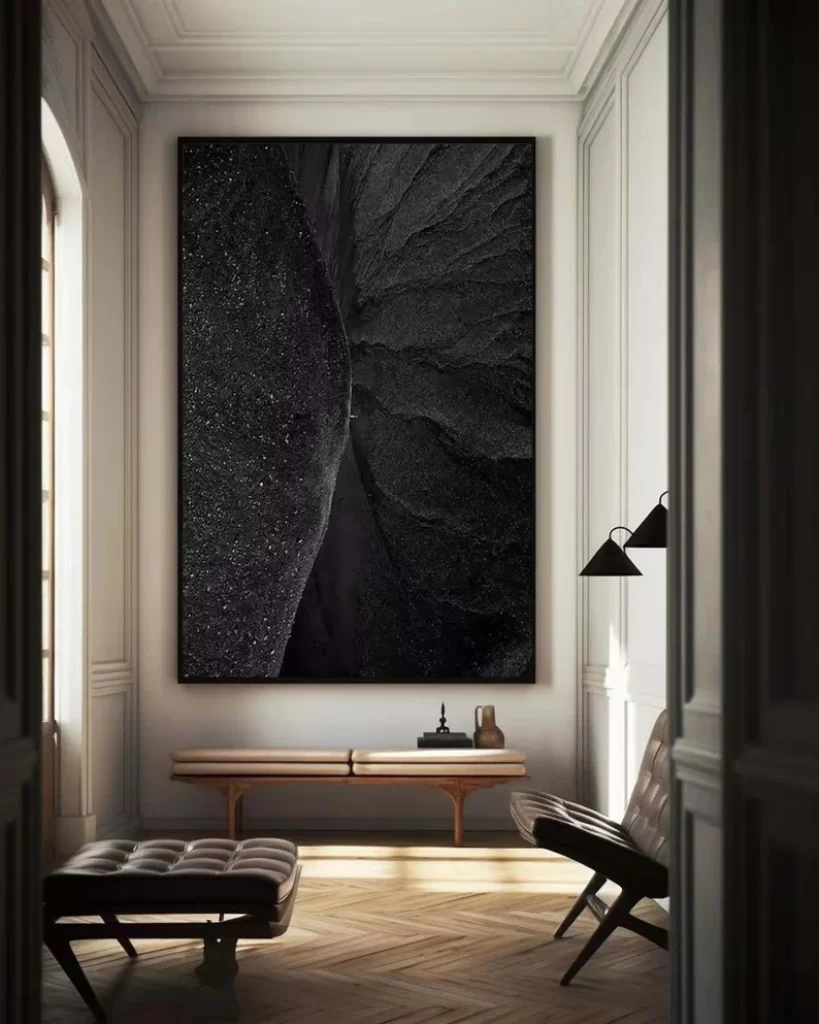
While the color black seems to have a negative connotation most of the time, it’s a very popular color and a favorite of many people. Here are some personality traits associated with the color and while you may not exhibit all of these traits, you’re sure to notice some that are applicable to you.
- Control and Power: People who like black strive for control and power in life. They are good at maintaining self-control as well as maintaining control of certain situations.
- Artistic Loners: They’re usually artistic and somewhat individualistic and may not enjoy sharing things with others. Although they’re not introverts, they prefer to keep things in their private lives private.
- Serious: They may be perceived by others as very serious and it can be to the extent where they are thought of as intimidating.
- Confident Communicators: They know how to share their views with authority and conviction.
- Independent: They are highly independent and strong-willed people.
- Ambitious: They have the ability and the capacity to achieve success but they tend to be unsatisfied and crave more.
Black in Fashion and Jewelry
A little black goes a long way when it comes to jewelry. It’s an extremely popular color for jewelry items since it has an edgy and unique look.
Black Gemstones
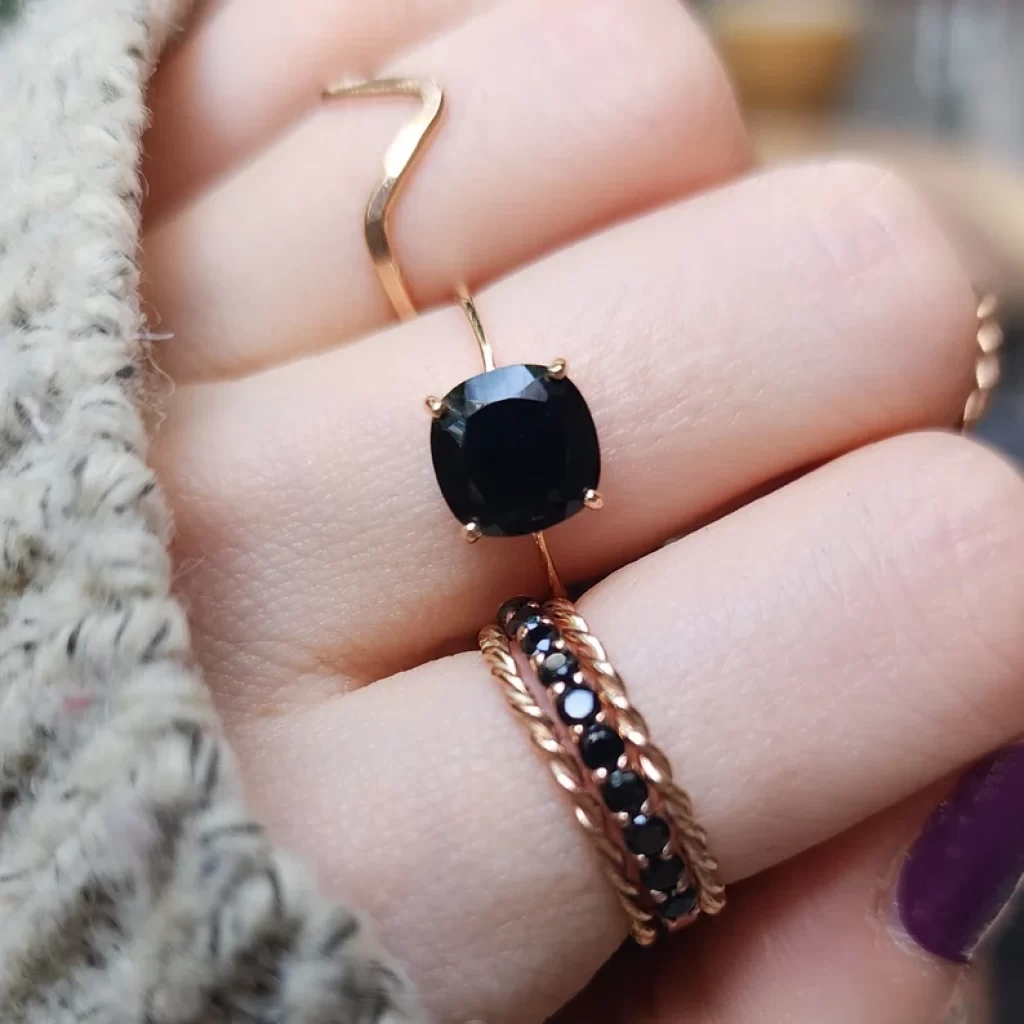
One of the most popular colors for gemstones is black. But this didn’t always use to be case. Black gemstones are becoming increasingly popular as they add a sense of uniqueness to any jewelry design. The color suits all skin tones and can be incorporated into both minimalist and maximalist jewelry designs. Here are the most popular black gemstones:
- Black Diamond: Once considered worthless and akin to sealing wax, black diamonds are now highly sought after as a durable, fashionable gemstone
- Black Sapphire: Opaque, affordable and durable, black sapphires are very rare
- Black Onyx: The traditional black gemstone used since ancient times in jewelry
- Black Pearl: These can be dyed or natural, but the most valuable are Tahitian pearls which are dark pearls with stunning overtones
- Obsidian: A natural glass that forms when lava cools, obsidian is a soft gemstone that’s used to create glamorous jewelry
- Black Spinel: A rare gemstone, black spinel has high luster and reflection
- Black Zircon: A brilliant natural stone that’s often used as a substitute of diamonds
- Black Tourmaline: This is among the most common black gemstone available to today
- Black Jet: An organic gemstone made of petrified wood, it used to be highly popular during Victorian times but has since declined in popularity
Black in Fashion

Black is also a much sought-after choice when it comes to clothing and accessories. Nowadays, black is considered the ‘quintessence of simplicity and elegance’ according to Gianni Versace, and many famous black designs are created every day and made available on the market.
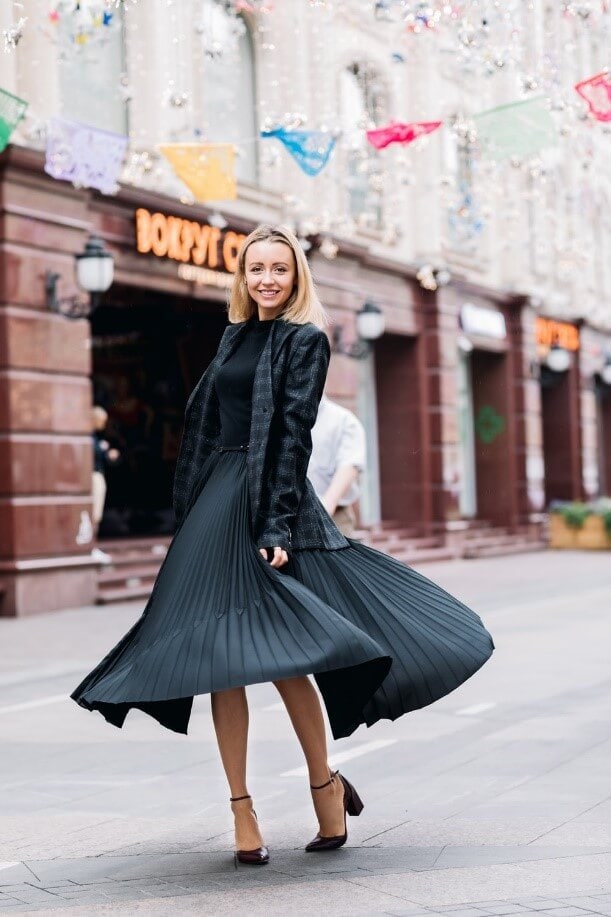
One of the reasons black is such a popular color for clothes is because it has a slimming effect on the wearer and tends to boost one’s confidence. Almost every single person in the world has something black tucked away in their wardrobe somewhere. The best part about black clothes is that unlike other clothes, they never seem to go out of fashion.
Wrapping Up
Black is a neutral color, ideal for any skin tone and any gender. Depending on the culture you find yourself in, it can have a positive or a negative meaning. However, black remains among the most fashionable and widely used colors.








